Why Americans Hate the Start-Stop System: An Engineering Gimmick That’s Killing Your Engine
How Start-Stop really works — and why theory doesn’t match reality
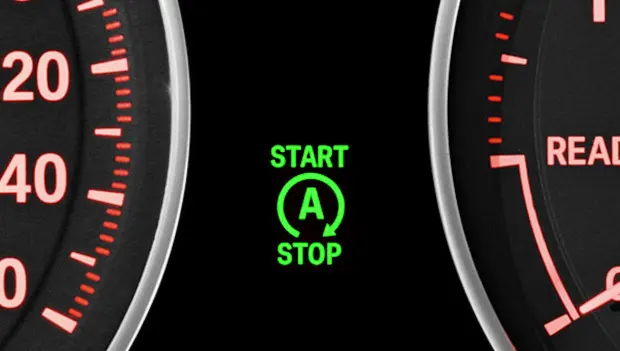
The automatic Start-Stop system — which shuts off the engine at traffic lights — has quickly become a near-mandatory feature in most new vehicles, from budget sedans to premium crossovers.
Manufacturers promote it as the pinnacle of eco-friendly engineering — saving fuel, reducing CO₂ emissions, and helping the driver’s wallet. On paper, it sounds brilliant. In practice, however, many drivers find the system annoying and even harmful to their vehicles’ longevity. I’m one of those skeptics. The more I observe how Start-Stop behaves, the more convinced I am that it was designed not for real-world benefits, but for marketing reports and corporate emissions targets. The deeper you dig, the clearer it becomes: constant engine restarts put serious stress on the engine, starter, battery, turbocharger, and even the transmission.
How Start-Stop Works — and Why Theory Differs from Reality
The idea is simple: when the car stops, say at a traffic light, electronics shut off the engine; as soon as you release the brake or touch the gas pedal, the engine fires back up. In theory, if the engine isn’t idling, you save fuel and emit less CO₂. But real-world city driving is far from ideal. Stop-and-go traffic, short halts, temperature swings, and voltage fluctuations all put extra strain on the system.
Every restart creates a shock load on the piston group, oil film, and lubrication system. When the engine shuts off, oil drains downward; during a quick restart, parts operate “dry” for a few seconds, accelerating wear on rings and cylinders. Engineers try to mitigate this with reinforced bearings, electric oil pumps, and starter-generators — but physics can’t be cheated. Even with perfect maintenance, hundreds of start cycles a day dramatically increase cold-friction wear, far beyond what happens in normal starting conditions.
That might pass in lab tests, but in real-life Washington, Texas, or New York — where winter temperatures dip below –4°F and summers hit 95°F and higher — Start-Stop becomes a constant liability.
Accelerated Wear on Key Components: Engine, Starter, Battery
Drivers most often complain about dead batteries and worn-out starters. It’s no surprise — even a high-capacity battery isn’t designed for hundreds of start cycles every day. Each start demands a surge of current, and during short city trips, the alternator can’t fully recharge the battery. After just two or three years, owners often face the need to replace an expensive AGM or EFB battery — both far pricier than standard ones.
The starter suffers too. Despite stronger relays and motor assemblies, frequent engagement wears out the bendix and contact groups. Replacing a starter on a modern car is anything but cheap, especially on high-end models, where the repair can cost several thousand dollars.
Turbocharged engines are no better off. After spirited driving, a turbo needs a few minutes of idle time to cool down and stabilize oil pressure. Start-Stop cuts this cooling phase short, stopping oil circulation and increasing the risk of bearing overheating and carbon buildup. Even the transmission — whether it’s a dual-clutch, CVT, or conventional automatic — endures added strain from constant pressure changes and control adjustments during every stop-start event.
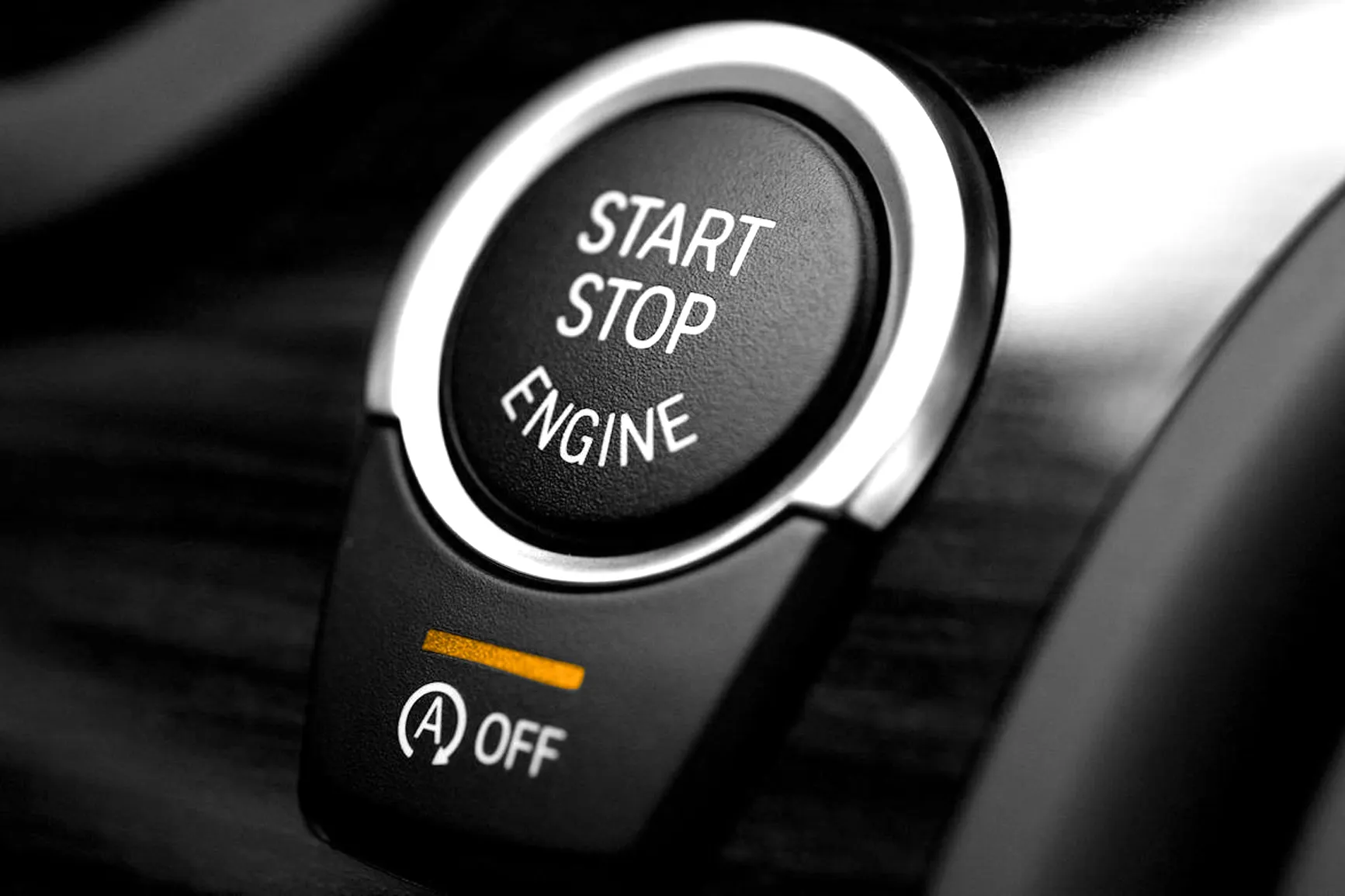
Fuel Economy and Emissions: The Marketing Myth
Automakers love to cite numbers: up to 8% better fuel economy in urban cycles and a noticeable drop in CO₂ emissions. But those results come from lab conditions with long idle times and few restarts. In real city traffic, where light cycles last 30–40 seconds, the savings are often just a couple of percent — and sometimes the opposite, with higher fuel use due to frequent acceleration.
Worse, the extra wear and early replacement of batteries, starters, or turbos easily outweigh any theoretical savings. A new battery or starter costs far more than the few gallons of gas saved. As for emissions, frequent restarts cause short bursts of pollutants that can offset the supposed environmental benefit. Real-world studies in European cities show that vehicles with Start-Stop disabled emit nearly the same levels as those with it active.
Real-World Use and Personal Experience: Why I Disable Start-Stop
Over years of driving in different American cities, I’ve tested many cars equipped with Start-Stop. The first impression is always the same: in traffic, the engine constantly shuts down and restarts, creating small jolts and annoying vibrations.
In winter, when temperatures drop below 5°F, the system often restarts the engine with noticeable delay — or fails to function properly at all, forcing me to disable it manually every time. Summer isn’t better: when the engine stops, the air conditioner switches to eco mode, the cabin heats up, and you’re forced to keep the engine running for comfort.
Mechanics and service technicians confirm the trend: most of their customers ask to have the Start-Stop system disabled to avoid premature wear. Some automakers quietly acknowledge the issue — in newer models, after software updates, Start-Stop defaults to an off or passive state, leaving control to the driver.
From my own experience, even with careful maintenance, batteries in Start-Stop vehicles wear out much faster than in similar cars without it. And as for fuel savings — they’re practically nonexistent, especially on highways or in mixed driving cycles.
Final Thoughts
Start-Stop was envisioned as a step toward greener, more efficient driving. But in practice, it leads to higher costs, faster component wear, and constant annoyance for drivers. The repeated stop-start cycles strain the engine, turbo, starter, and battery — while the promised savings and eco benefits largely exist only in marketing brochures.
The experience of thousands of car owners and numerous service reports make one thing clear: in real American driving conditions, the Start-Stop system does more harm than good.
You may also be interested in the news:
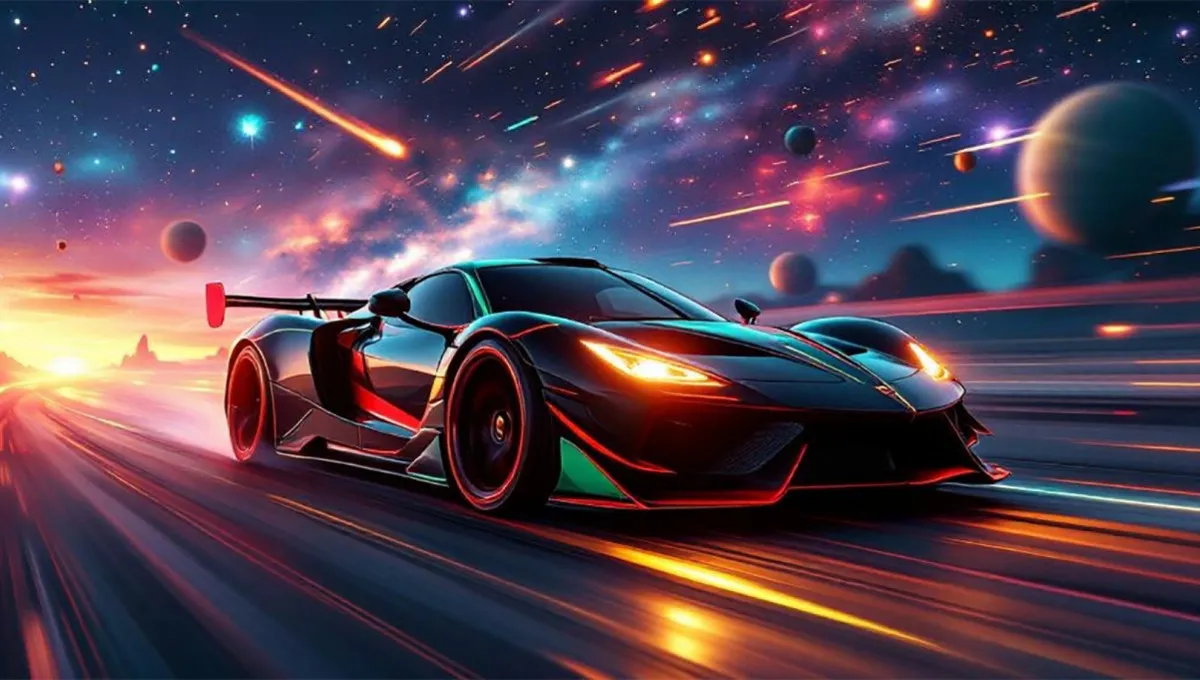
If Zodiac Signs Were Cars: The All-Wheel-Drive Horoscope That’ll Take You Places
Or: Why This Horoscope Smells Like Gasoline, Personality, and a Little Bit of Therapy
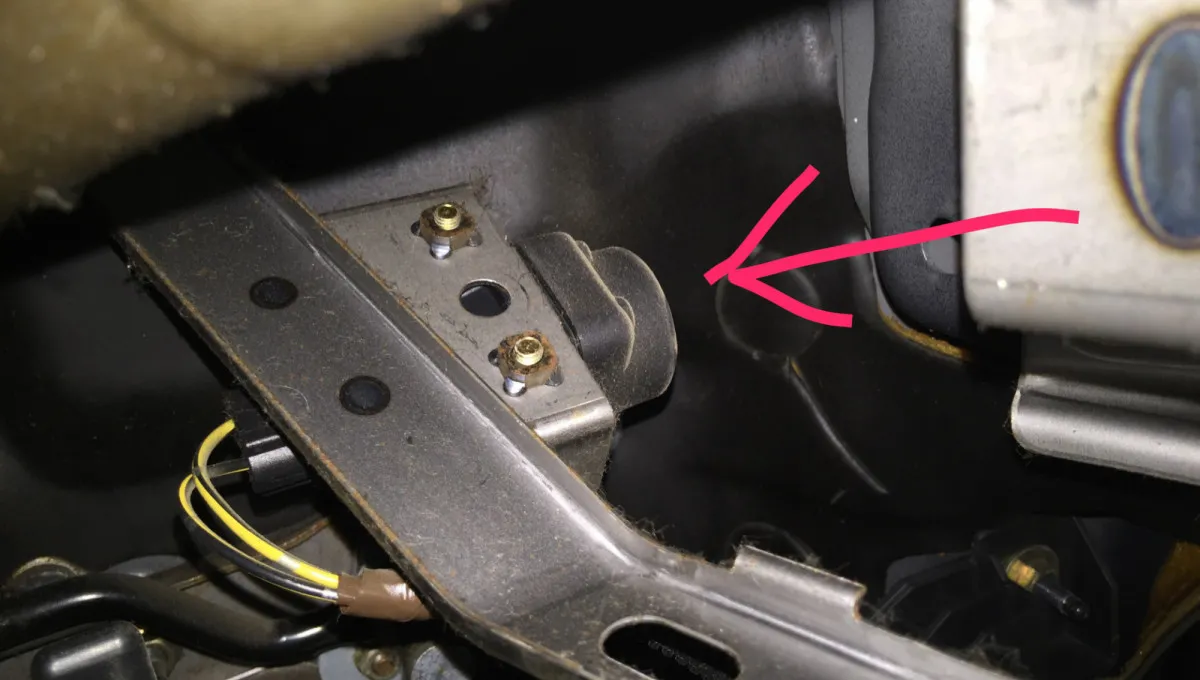
Mystery Button Hidden Under Most Car Dashboards — And Why So Many Drivers Don’t Know It Exists
Modern cars are packed with features and buttons whose purpose can be surprisingly hard to guess.
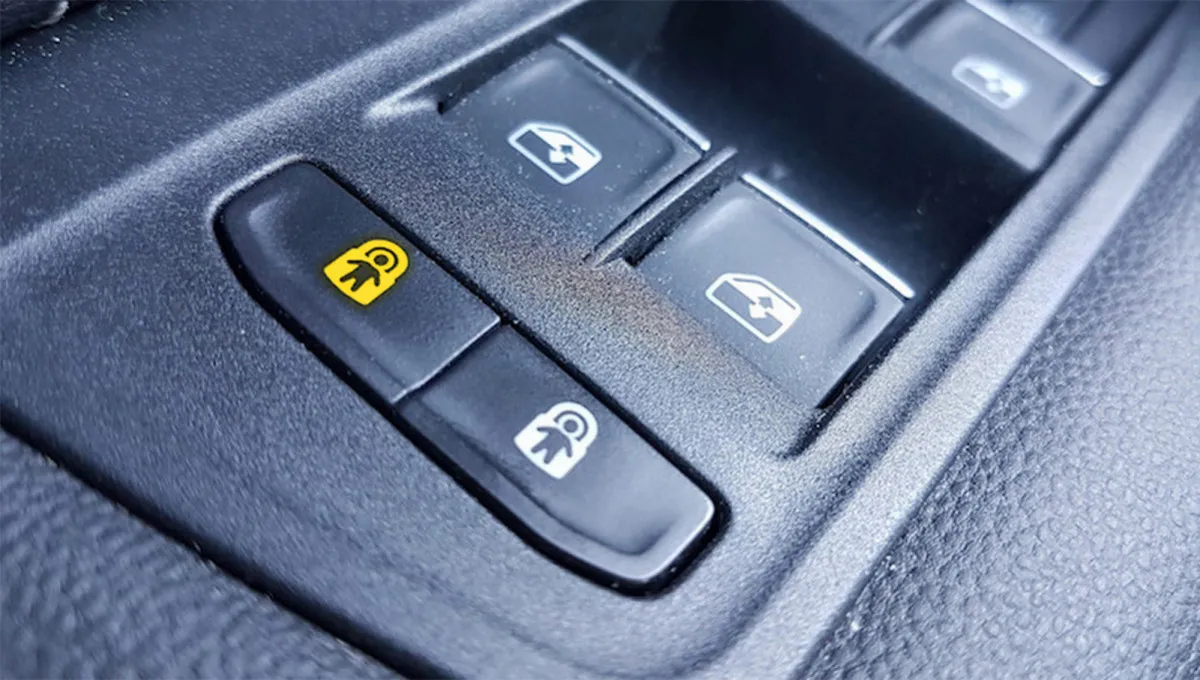
Astronaut Button: What This Mysterious Car Feature Actually Does
Some functions in a modern car make sense only after digging into the owner’s manual — and this little button is a perfect example.
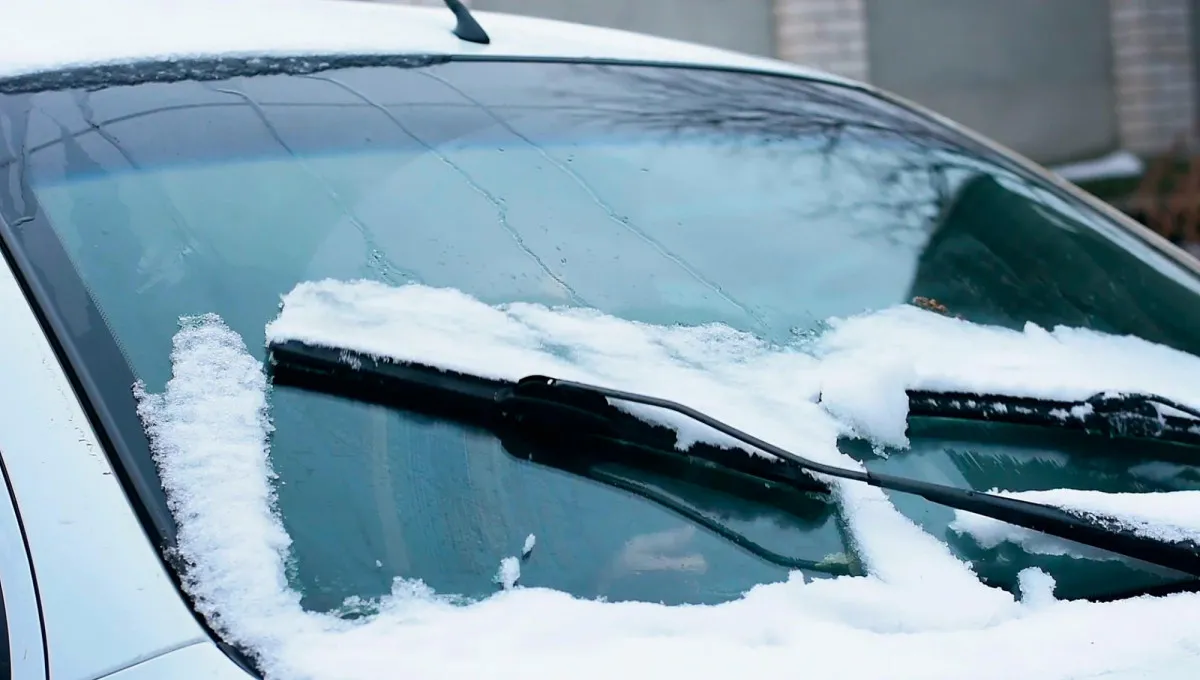
How to Activate Your Wipers’ “Winter Mode” — and Why It Exists
Many drivers can’t help wondering: is this a bug or a feature?
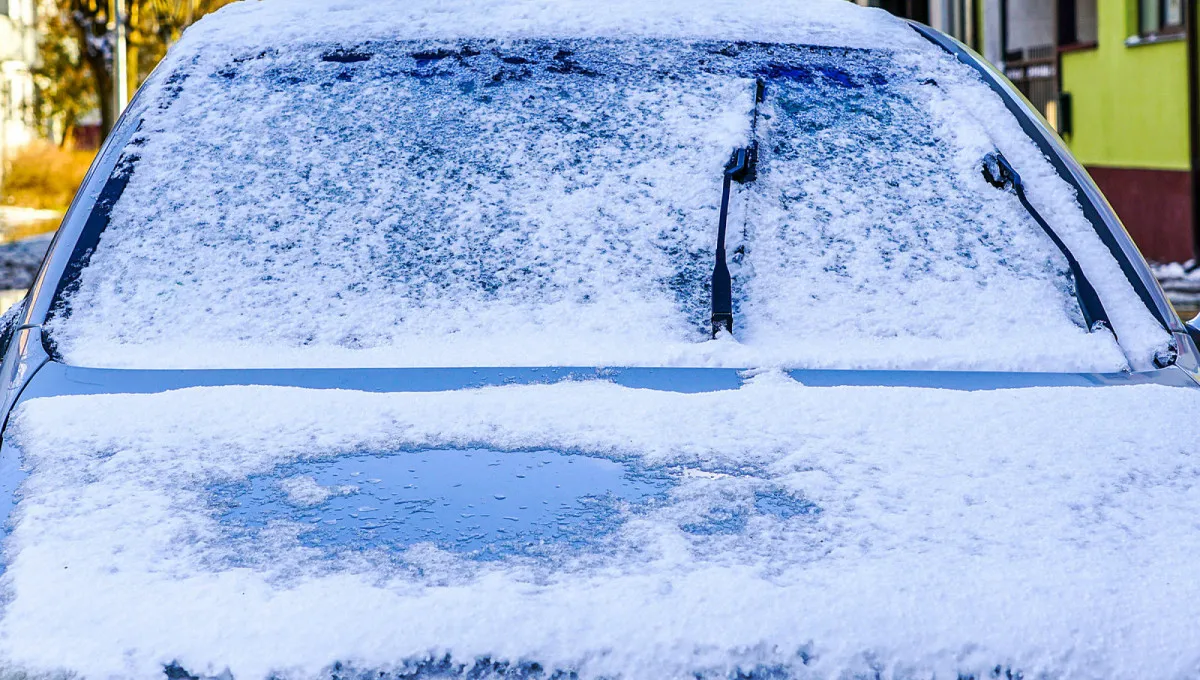
How to Protect Your Windshield from Ice: Helpful Tips and Personal Experience
How can you make sure your car’s windshield doesn’t turn into a sheet of ice overnight?